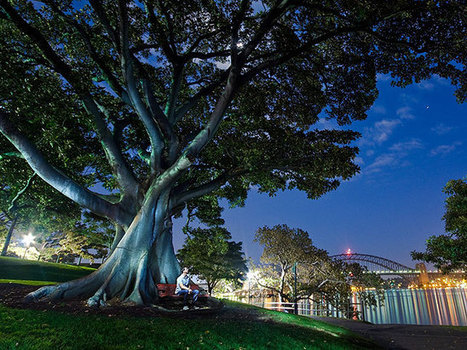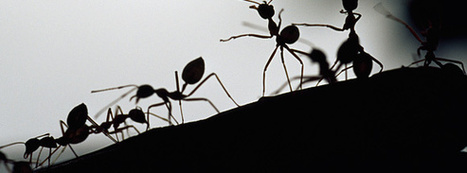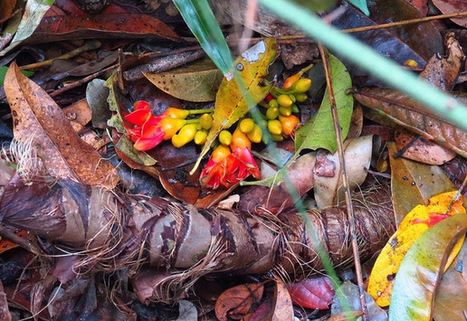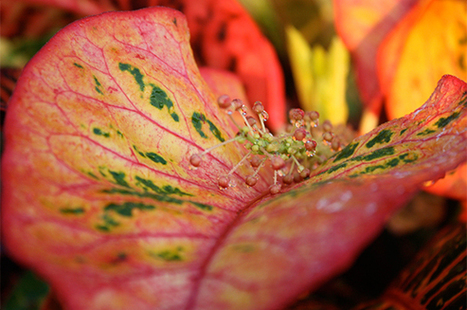"There’s an entire industry built around how to be a better leader and build strong, dynamic teams. But for the last few years, my colleague and dear friend Jane Fulton Suri and I have been looking to the earth and seas and sky for inspiration. A Partner, Chief Creative Officer, and a founding member of IDEO’s human-centered design practice, Jane believes that the natural world has much to teach us about cultivating the optimal conditions for creative teams. Together, with help from design biologist Tim McGee, we’ve come up with a few bio-inspired tips."
 Your new post is loading...
Your new post is loading...
 Your new post is loading...
Your new post is loading...



















